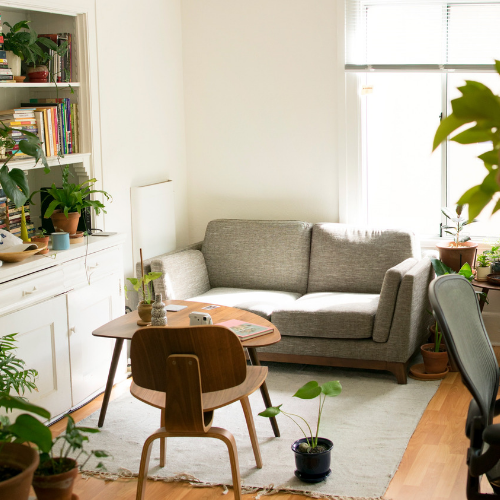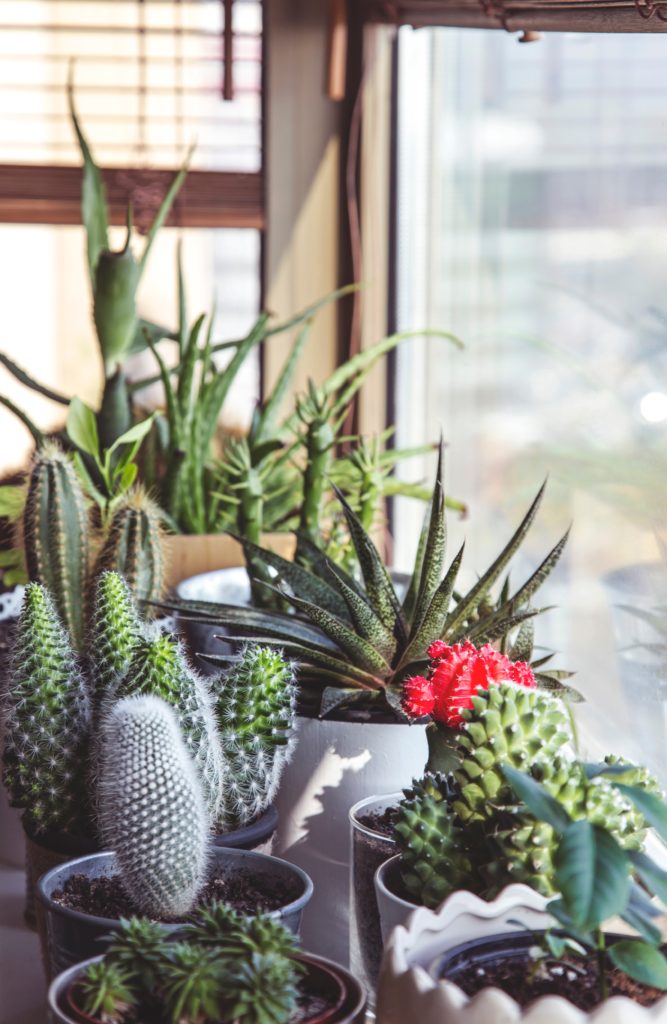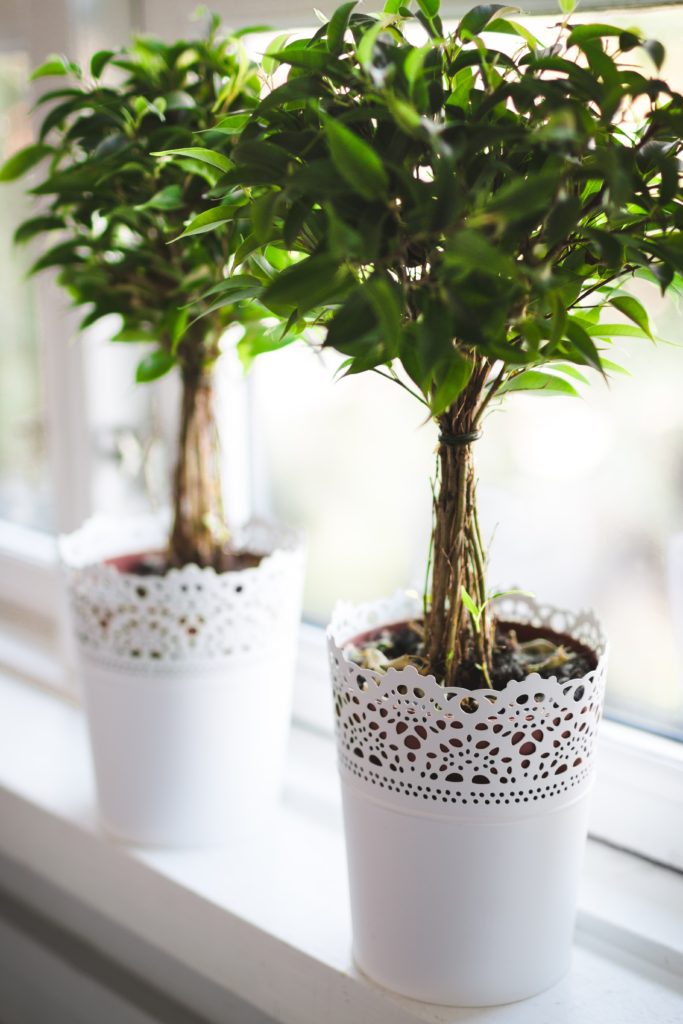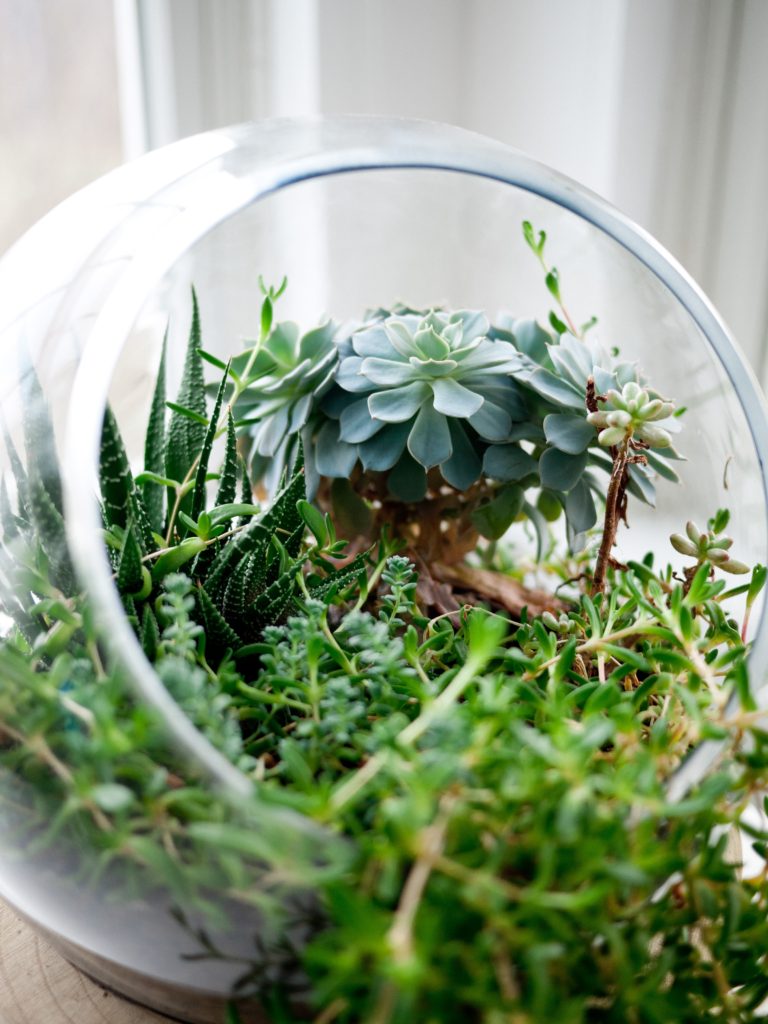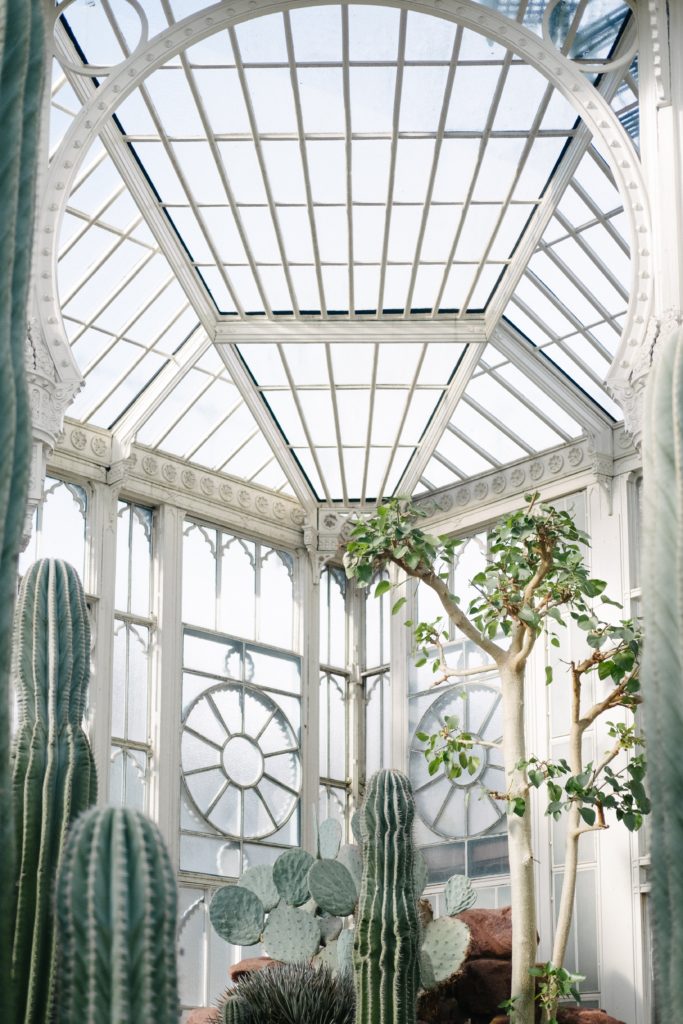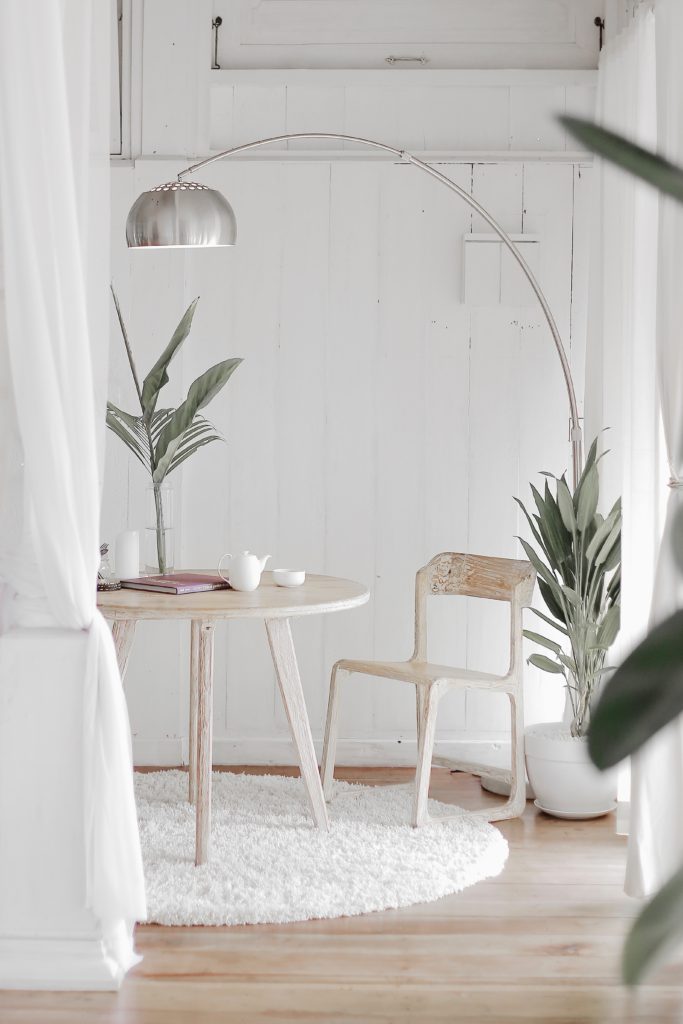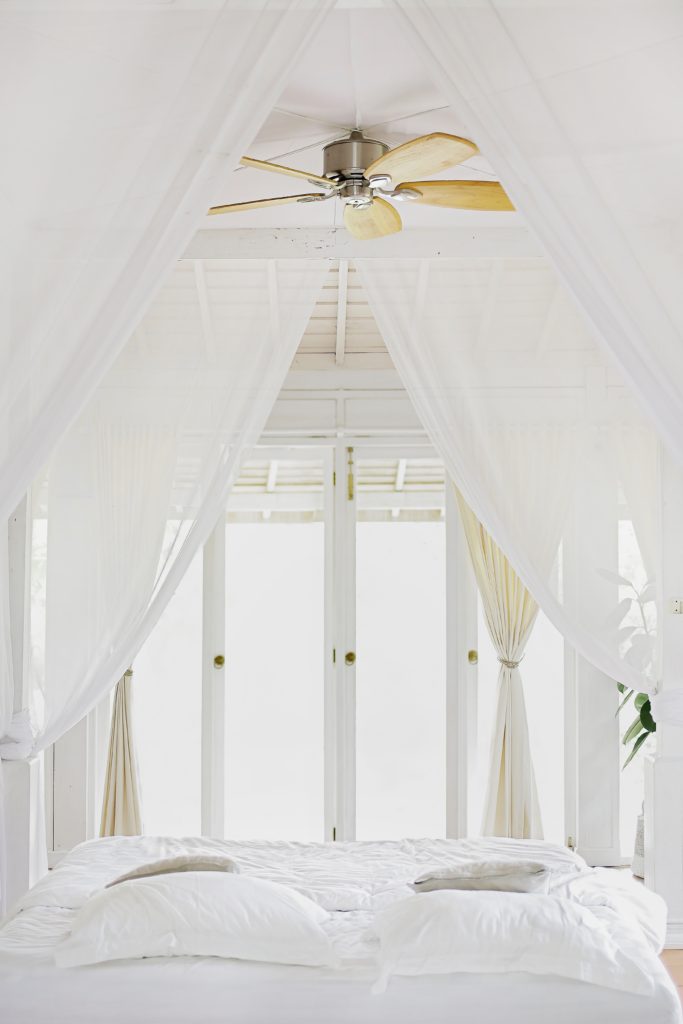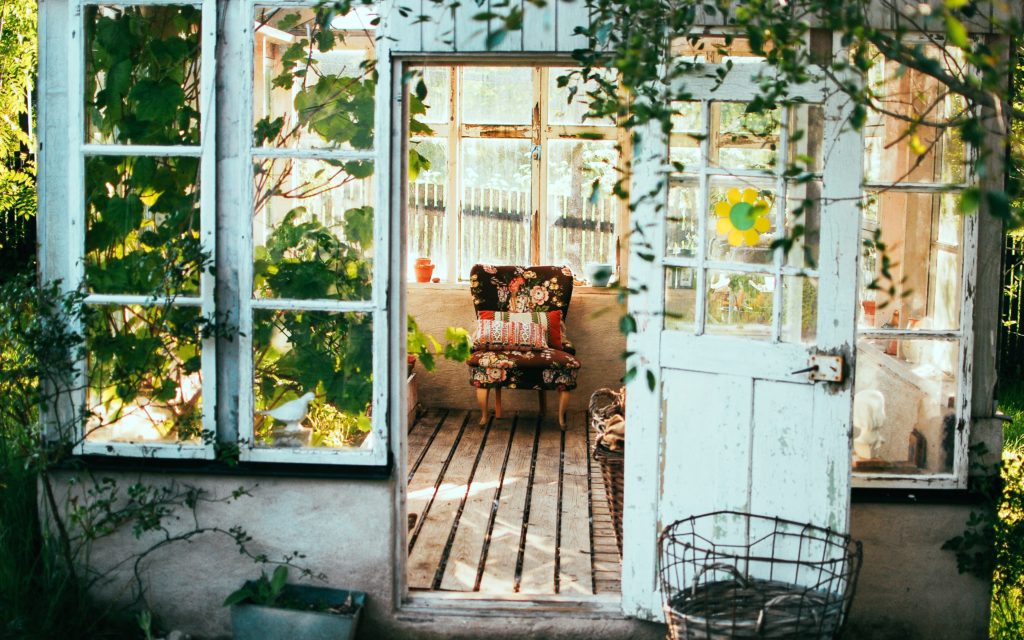(This post contains affiliate links, which means I may receive a small commission – at no extra cost to you – if you make a purchase through one of these links.)
Have you ever walked into a room and your heart lit up? You closed your eyes and felt the tension melt away. Energized, creative, and welcoming – this space recharged your mind and reconnected you with others.
What is it about a room or a home that affects us so profoundly?
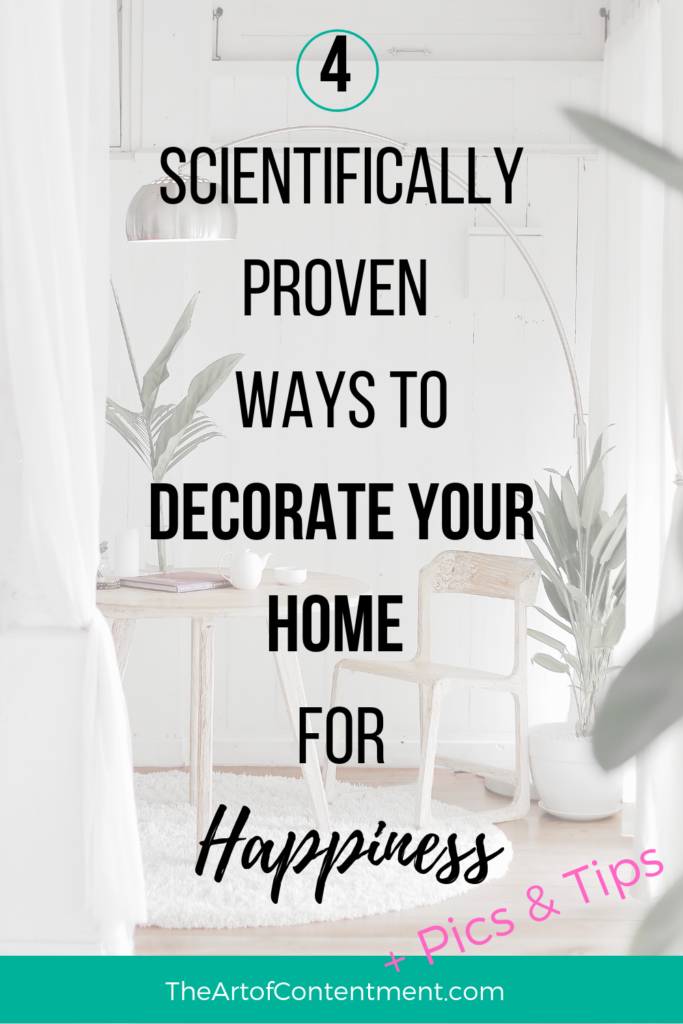
With such diverse personal taste in architecture, it can’t be home style that draws out the best in us.
I love farmhouses and Victorians with bucolic views. Maybe you treasure mid-mod ranch homes in the California foothills or an ultramodern loft bathing in twinkling lights of New York City.
What common factors of home design boost mood and creativity, induce relaxation, relieve stress, and encourage healthy relationships?
Could hard science have an answer?
Yes, says researchers, and the answers come not from shelter magazines or architectural conferences, but from the scientific world of employee productivity.
Researchers wondered how office design affects workers’ happiness and productivity, reasoning that those two factors increase business’s financial bottom line.
A review of study after study shows that there are a few simple design elements that can lift mood, even reduce illness, and flood us with a sense of wellbeing.
Now we can swipe research findings on worker happiness and apply them to home happiness. Here are a few changes we can make for the ultimate happy house, no matter what architectural style you call home.
1. Plants.
Gardening was humankind’s first assignment when God placed Adam in Eden and instructed him to tend the flora. It’s no surprise that our brains respond to greenery with a plethora of positive emotions.
Plants influence our psychological restoration and lower the activity of our sympathetic nervous system (responsible for our fight or flight reactions), promoting good vibes such as:
- Creative problem solving
- Stress relief
- May speed up healing
- Recovery from mental fatigue
- Improved mood
- Encouraging positive feelings
- Increased pain tolerance
- Reduced blood pressure
- Air purification, leading to better respiratory health
- Reduction of certain minor illnesses (Researchers found that the presence of foliage plants in the workplace reduced self-reported incidents of cough by 30%, fatigue by 37%, and dry throat and facial itching by 23%.)
- Making long winters with the cold season’s weak sunlight more enjoyable
But beware: Keep your plants healthy and clean up dead leaves and debris – plants in poor condition can cause vague irritation because they signal sloppiness and poor resources.
Adding plants to your home décor is inexpensive and many varieties survive and even thrive in low-light conditions and require only minimal care. Add a cute planter and you’ve got one powerhouse of a mood booster.
If you have a plant-and-die black thumb, here are a few varieties of nearly un-killable indoor plants. (If you have kids or pets, please check for toxicity before buying.)
- Aspidistras (low-light tolerant)
- Ficus deltoidei (low-light tolerant)
- Ficus elastica (low-light tolerant)
- Moss (low-light tolerant)
- Sphathiphyllums (low-light tolerant)
- Spider plants (low-light tolerant)
- African violets (Saintpaulia ionantha and Chirita varieties)
- Agave (aka Century Plant)
- Aloe
- Aspidistra
- Begonia (Pond Lily and Star begonia varieties)
- Dracaena deromensis (aka Lemon Lime)
- Geranium pelargonium
- Hawortha fasciata (aka Zebra plant)
- Kalanchoe baharensis
- Norfolk Island Pine
- Peace lily
- Peperomia
- Philodendron
- Ponytail palm
- Pothos (Scindapsus and Epipremnum varieties)
- Paphiopedilum maudiae (Slipper orchid)
You can find these and many more where I did in this delightful book The Indestructible Houseplant by Tovah Martin.
No surprise here: all plants require sunlight to thrive, and so do we. So next on our happy home list is…
2. Daylight.
Studies showed that workers’ mood and productivity increased when they had expansive views through windows, exposing employees to daylight and views of nature (yeah, plants again).
Although too much sunlight is linked to skin cancer, just the right amount of sunlight offers a host of physical and psychological benefits:
- Sunlight triggers the release of serotonin, causing mood boosts, calm and focus. Dips in serotonin are linked to major depression with seasonal pattern (formerly known as Seasonal Affective Disorder).
- Sunlight causes your body to produce vitamin D, which strengthens bones. It’s usually added to calcium supplements because your cells can’t absorb calcium until vitamin D “opens the cell gates” and allows calcium absorption.
Although the easiest way to get your daily dose of sunlight is to take a walk or fiddle around in your garden, many of us spend most of our time indoors.
But we needn’t relegate ourselves to dark interiors – a few strategic changes to our home décor can bring sunny inside.
- Extend curtain rods beyond the window frame so that fully open drapes don’t cover any part of the light-giving window glass
- Avoid window shades. Even when shades are drawn up, they still might block some light from squeezing through.
- Trim back any shrubbery and trees obstructing windows
- Clean windows regularly. Dirty windows block out a surprising amount of light.
- Go light, light, light. Lighter wall colors, rugs, furniture and ceilings allow daylight to bounce around a room. House Beautiful recommends using satin paint on ceilings for even more reflectivity.
- Decorate with mirrors. An art statement in themselves, mirrors reflect 100% of UV light, making them a flashy and effective way to laser light around rooms.
- If you’ve got the budget, add a glass storm door to your front door and let your light-blocking solid door stand open to beam that beautiful light into your house.
Install a sun tunnel. Sun tunnels channel light down a tube lined with reflective material that draws light down to a room like a spotlight. Sun tunnels are great for bathrooms and kitchens and can often be installed in locations where traditional windows and skylights can’t be placed. Sun tunnels typically cost about half the price of skylights to install and a handy DIY-er can install a sun tunnel for even less.
Of course, the most effective way to bring in more natural light is to add additional windows and glass doors, such as sliders or French doors.
Don’t forget light bulbs! Add luminescence with the right bulbs for every task. “Daylight” bulbs emit blue light just like natural sunlight, and mimics sunlight’s effect on serotonin, mood, and attention. Look for bulbs within a range of 2700K to 6500K (K is for Kelvins).
Light in the 2700-3000k is warm white light and bulbs with4200-6500K will have a noticeable blue tinge. These “blue” lights are best for dark areas such as basements and anywhere you need strong task lighting, such as your kitchen or study.
When choosing a bulb, check out the CRI rating. CRI stands for Color Rendering Index, which rates how true colors will look under that light. Ever seen a black sweater in one light that turned out to be dark green in natural light? That’s CRI. Choose a rating of 80 or higher.
Change your lights at night. As the day gets darker, the dimming light triggers our brains to release melatonin, preparing us for sleep. Our daylight bulbs interfere with the production of melatonin, so about two hours before bed, switch off overhead task lighting and turn on lamps. Install low-Kelvin bulbs in lamps and enjoy the cozy ambience.
If you suffer from major depression with seasonal pattern (seasonal affective disorder) or a bout of the winter blues, consider investing in a light therapy box. Thirty minutes of therapy a day in front of a 10,000 lux light box can help treat symptoms. (But hey, I’m not a medical professional and cannot diagnose, treat, cure or prevent diddly, so please talk to a medical professional or counselor if you feel depressed. You don’t have to suffer!)

Sunlight can make us feel mellow, but if you want to feel expansive and creative, then high ceilings are the way to go.
3. High ceilings.
Researchers found that employees really do have bigger thoughts in rooms with high ceilings. Let’s call it “head space.”
I always write at the dining room table because of the dazzling light from the windows and the vaulted ceiling. Put me downstairs under the eight-foot family room ceiling and I get little done.
So if you want to encourage creativity, buy a house with high ceilings. But since most of us aren’t house hunting, we’ll have to make do with the ceiling height we have. But we can foster the illusion of ceiling height with a few tricks:
- Paint ceilings white or at least a lighter color than the walls. If you’re feeling brave, then paint the walls the same color as the ceiling, as long as it’s a light color.
- Hang art a little higher than you normally would, including small pieces above door frames. (Thank you, Apartment Therapy) h
- Vertical stripes on the walls (if you like that sort of thing)
- Hang curtain rods up to the ceiling and let those drapes cruise all the way to the floor
- Install a tall plant or indoor tree
- Lower furniture can make walls look taller, but don’t go too miniature: furniture should still fit the scale of the room
- Use recessed lights. Lower-hanging light fixtures draw the eye down.
We can tweak our home décor to add refreshing plants, bright splashes of light, and the illusion of high ceilings, but how do we arrange the rooms themselves?
When researchers wanted to discover what room arrangements yielded the happiest, most productive workers – tight cubicles that separated everyone, private offices that offered extra personal space but few opportunities for interaction, or vast open-concept workrooms with interaction but no privacy – none of those models worked.
4. What did work was a combination of collaborative space combined with private space.
Imagine Abraham, arms crossed, surveying his livestock rippling across the vast landscape. Satisfied, he returns to his tent and settles down on a cushion to nap through the heat of the day. Expansive view, protective space.
A happy, well-functioning home needs community where family and friends gather comfortably to share a meal or talk in front of a crackling fire, but also private, protective spaces where individuals can retreat to read or rest. A balance of needs.
If you enjoy open-concept living, then you’re probably all set for open gathering spaces.
Now look at how you can add private retreat spaces to your open rooms:
- Replace dining chairs on one side of the table with a high-backed banquette bench for kids to curl up on. The back and sides offer a sense of shelter and protection.
- Add a tent for kids to create their own hideaways in a big space.

- Create an instant nook by hanging a canopy over your couch.
- Another nook idea: Set tall bookcases opposite each other. Set a bench or a stack of cushions in the middle and hang curtains in front of the bookcases. Instant reading corner!
- Simply setting an overstuffed chair with a small side table and a blanket in a corner of a room creates a private space while still accessing family and guests. Ditto placing a small table with only one of two chairs.
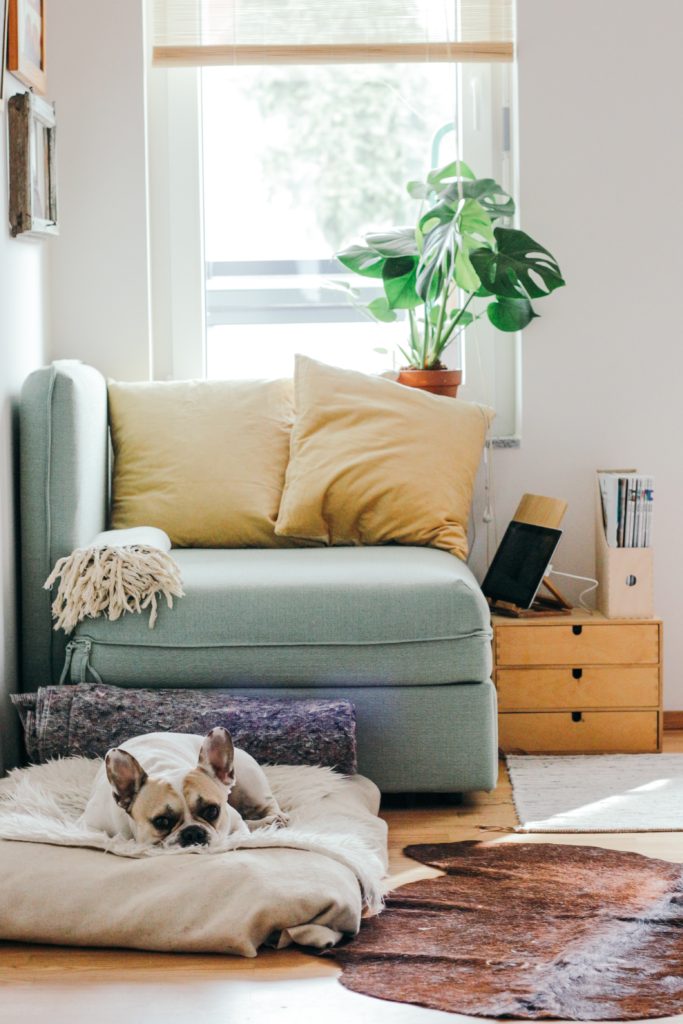

- You could also section off a corner of your room with a low bookcase, adding the appearance of a “new” room. Place a comfortable chair or chaise and a lamp in the corner.
- Add floor to ceiling bookshelves – and even a library ladder – on one wall of your dining room. Books are always a coy escape for the mind and now they can give your body a retreat, too.
- For a super simple and cheap space, stack cushions in a corner.
- Bonus points if you add a canopy.
If you’ve got an open-concept home, then your task is to go forth and add hidey holes! For the rest of us, it’s time to add gathering spaces. Here are a few ideas:
- Sacrifice your kitchen island and replace it with a table, just like at grandma’s house. Even islands that have bar stools just don’t invite you to sit down and relax. Do you know what I mean? If your kitchen’s small, then go for a café table. In addition to gathering space, a table offers just as much food prep surface as an island.
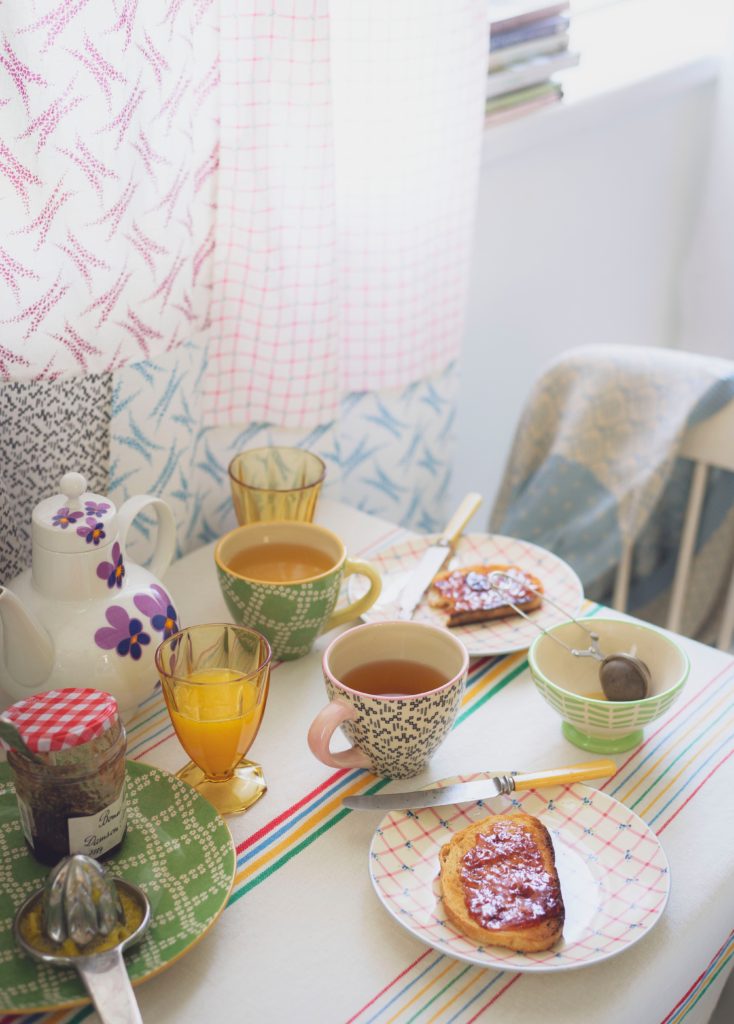
- Make sure your living room has adequate seating. Sprinkle in a few slim chairs and replace the coffee table with an ottoman. Many ottomans double as both storage and seating. If you’re worried that extra chairs will make the room look heavy and crowded, consider grabbing a ghost chair. It’ll disappear into the décor.
- Your living room is not a middle school dance – get that furniture away from the walls! Group furniture for conversation and center everything on an area rug – it acts like a frame. Rearranging your furniture is the easiest way to encourage warm conversation in any gathering space.

- Don’t forget outdoor spaces. Throw in a picnic table for casual dining or set up a folding table and lay a sweet table cloth for a country casual outdoor dining room. Add in small groupings of chairs or café tables around your yard. And even a small water feature dials up the ambience.

- A pergola keeps family ad guests cool in the summer and makes a wonderful outdoor room where everyone can congregate. In winter, an outdoor patio heater can keep folks toasty. Throw in blankets for the ultimate cozy gathering space.
Happy living is pretty simple: reconnect us to nature with plants and sunlight. Give us gathering spaces to connect with others and quiet retreats to disconnect from the world. Which one will you try?
